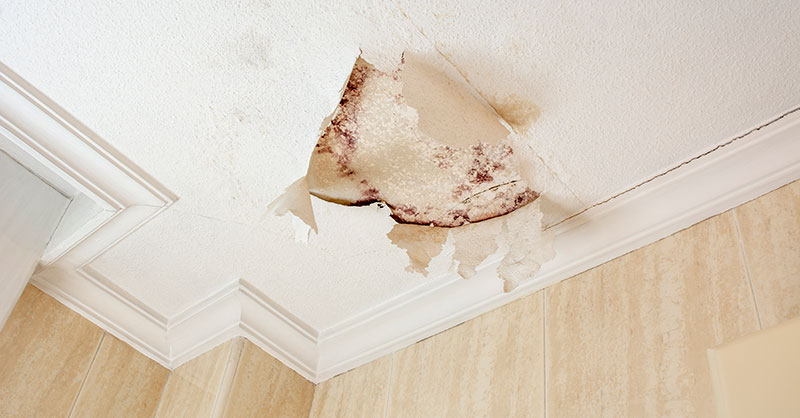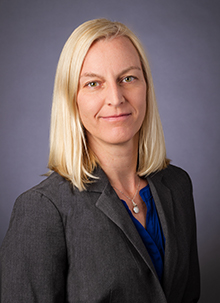Mold Contamination
Mold contamination continues to be a hot topic in the world of insurance. As presented in a previous edition of the Environmental Insider, there has been an increased number of claims related to mold exposure over the last decade.
Outbreaks are commonly discovered during renovations, construction of wood-framed structures, and subsequent to major weather conditions, in which water intrusion damages result in substantial mold growth. This wide-spread exposure to mold has led to an increase in the need for both contracting services and premises pollution insurance. Consequently, this demand increase has prompted underwriters to request more extensive information while evaluating these coverage opportunities, which caused the insurance industry to reevaluate its approach for known and unknown mold coverage.
That said, Great American Environmental Division continues to prosper in its competitive and consistent underwriting approach.
Contractors Pollution

Detecting mold exposure during a construction project–particularly prior to completing the building envelope or during wood-framed construction–represents a financial threat to both the asset and overall project budget. To proactively assist in mold occurrences, contractors and developers are seeking additional coverage options beyond their builder’s risk that will cover the threat of mold, specifically.
Mold coverage has become increasingly important to a variety of contractors today. Regardless of the type of contracting work performed—from an excavation to a roofing, where the need for this coverage may not be obvious—mold coverage is in high demand. Carriers have been fine-tuning their coverage dependent on project specifics such as the type of construction, placement of builder’s risk and construction protocols for water intrusion and mold growth. Coverage restrictions or limitations have become more commonplace and may include coverage for mold on a claims-made basis, a higher self-insured retention, or sub-limits for mold.
Environmental Impairment Liability

Today, mold coverage is essential for any type of occupied building. This includes hotels, hospitals and multi-family residential locations, where a mold claim could trigger multiple coverage sections on a policy including: clean-up, bodily injury/property damage and business interruption.
Property owners or lenders seeking asset or collateral protection from mold in the form of insurance will not experience a dramatic difference in coverage availability. While the number of carriers providing competitive coverage for mold exposures has decreased, there are plenty of carriers, including Great American, that continue to do so. While per-door deductibles are still rare, higher self-insured retentions for mold (dependent on policy term and property use), and restrictions for damage from named-storm events are common-place. Mold coverage is often excluded until after use and occupancy when construction is planned, during capital improvements and/or review of a property condition assessment, or evidence that a known mold condition has occurred.
As claims for mold mature and become more frequent, two things can be expected to remain constant in pollution insurance:
- The landscape of mold coverage will continue to evolve.
- Carriers will respond with changes in underwriting or coverage offerings.
Insureds can prepare by being ready to provide information on how they address mold and water intrusion through their practices or procedures when getting ready for a renewal or new coverage request. If an insured does not have such practices or procedures, Great American can provide assistance with developing mold and water intrusion management plans at no cost as part of our value-added services.

Though the landscape may change, Great American is prepared to provide the best coverage possible for our insureds. Contact your Great American underwriter or any of our office locations, to further discuss how we can best protect your clients!


Kevin Rega
Kevin Rega is a senior underwriter with Great American’s Environmental Division. He is a licensed professional geologist with the Commonwealth of Pennsylvania, has over 5 years of environmental consulting experience, and a graduate level education with a focus on hydrogeology. Kevin brings his technical experience to his underwriting approach and is based out of our Exton, Pennsylvania office.


Heather Boyd
Heather Boyd is a Senior Production Underwriting Manager for Great American’s Environmental Division, leading one of our National Underwriting teams. Prior to joining Great American, Heather has worked extensively in the environmental market. She gained her knowledge through a career in environmental underwriting as well as consulting and remediation. Heather is also experienced in environmental compliance and impact assessments. She brings over 20 years of environmental experience to our division and is based out of the Boston office.